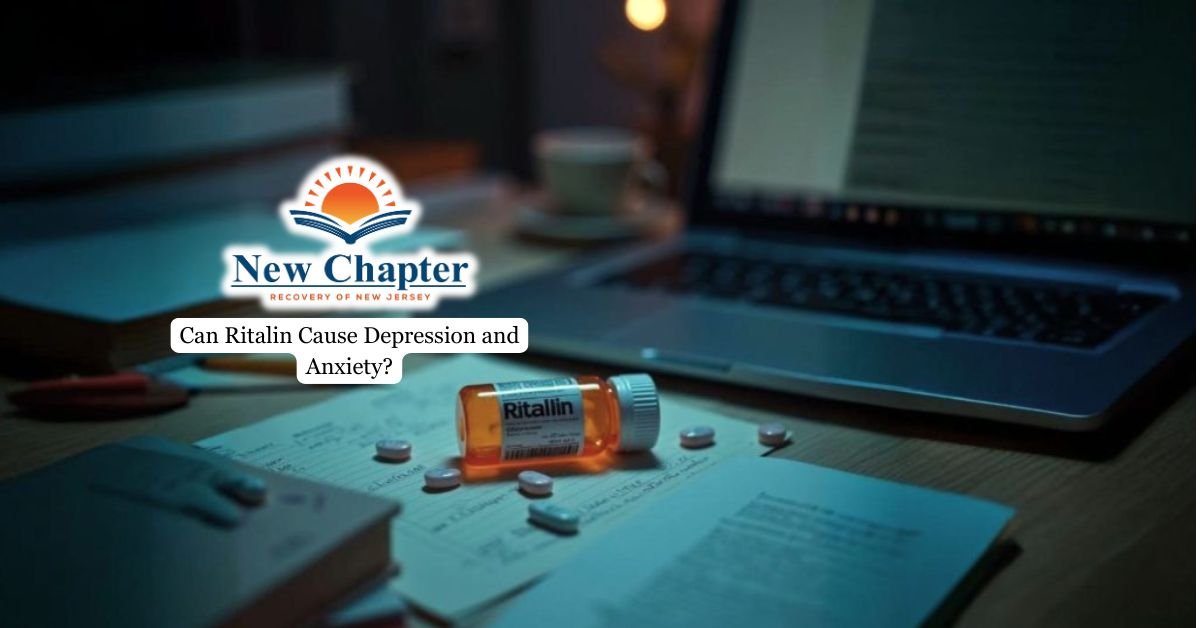Without confronting the root causes of addiction, including trauma, anxiety, or depression, individuals risk developing an equally harmful or even more damaging addiction.
In this article, we will examine the complexities of addiction replacement, its hidden dangers, and the crucial role of treating both symptoms and underlying causes to achieve lasting recovery.

What Is Addiction Replacement?
Addiction Replacement is a process in which a person substitutes their original addiction with a new one, often without realizing the potential consequences.
This replacement behavior may manifest as a transition from substances like alcohol or drugs to seemingly less harmful activities such as compulsive shopping or overeating.
However, the underlying psychological factors that drove the initial addiction remain unaddressed, perpetuating a cycle of dependency. Addiction replacement can be particularly dangerous because it creates the illusion of progress, while the individual continues to struggle with the root causes of their addictive tendencies.
It’s crucial to recognize that addiction replacement isn’t a solution, but rather a continuation of the problem. To break the cycle, individuals must work to identify and address the underlying emotional and psychological triggers that contribute to their addictive behaviors.
Only by developing healthy coping mechanisms and seeking comprehensive support from a proper addiction treatment center can they begin to navigate the path to lasting recovery and avoid the hidden dangers of addiction replacement.
The Role of Emotional Triggers in Addiction Replacement
Many individuals unknowingly turn to substitute addictions as a way to cope with deep-seated emotional triggers. Stress, anxiety, loneliness, and unresolved trauma can create a void that was previously filled by substance use. When these triggers remain unaddressed, individuals may instinctively seek out new behaviors-such as overeating, gambling, or compulsive shopping-to numb emotional discomfort.
Recognizing and addressing these emotional triggers is key to breaking the cycle of addiction replacement. Therapy, mindfulness techniques, and emotional regulation strategies can help individuals manage distress without resorting to destructive habits. Developing self-awareness and identifying personal triggers early on can significantly reduce the risk of replacing one addiction with another.
Common Types of Substitute Addictions
Food addiction is a common substitute, with individuals turning to high-sugar or high-fat foods to fulfill emotional needs. Work addiction, characterized by an excessive dedication to work at the expense of personal relationships and self-care, is another frequent replacement.
Sexual addiction, involving compulsive sexual behaviors that interfere with daily life, may also emerge as individuals seek to escape emotional distress. Gambling addiction, marked by an uncontrollable urge to gamble despite negative consequences, is yet another substitute addiction.
Shopping addiction can also become a problematic substitute as the compulsive purchase of unnecessary items driven by the thrill rather than genuine need, can lead to financial and relational problems.
These substitute addictions, while seemingly different from the original, can be equally destructive and hinder the recovery process.
Read more about how creating a structured aftercare plan with your family’s involvement can enhance your addiction recovery process.
Risks of Substitute Addictions
When you engage in substitute addictions, you’re likely seeking to fulfill unmet emotional needs that were previously addressed by your substance use disorder.
This can lead to new compulsive behaviors that may cause you to neglect personal responsibilities, such as work, relationships, or self-care. The psychological and emotional symptoms associated with substitute addictions, like shame, anxiety, and depression, can perpetuate a cycle of reliance on these new behaviors for coping.
Without focusing on healthy coping mechanisms and self-awareness, you risk hindering your journey toward lasting recovery. It’s crucial to be aware of the signs of substitute addictions, such as frequent cravings and denial, to facilitate early intervention and maintain long-term recovery success.
Check out these tips for creating a sober support group which would help keep you accountable and on the right path to long-term sobriety.

Identifying Cross-Addiction Patterns
If an individual finds themselves increasingly reliant on a new behavior or substance to cope with stress or emotions, it could be a sign of addiction substitution. This might involve turning to overeating, gambling, or excessive shopping as a form of escape.
A growing fixation on a new activity can indicate that someone is replacing one addiction with another. This may present as constant preoccupation with the new behavior, making it challenging to concentrate on other aspects of life.
When the new behavior begins to dominate an individual’s life, causing them to neglect important responsibilities like work, family obligations, or self-care, it serves as a red flag for potential substitute addiction.
Engaging in the new behavior impulsively and persisting despite negative consequences is a characteristic of addiction substitution. This can include financial problems, relationship issues, or health concerns that stem from compulsive behavior.
If activities that once supported recovery no longer hold the same appeal and are replaced by the new addictive behavior, it may suggest that an individual is turning to something else to fill the emotional void left by their original addiction.
Individuals may experience feelings of shame or embarrassment about their new behaviors, particularly if they acknowledge that these actions are problematic yet feel powerless to change them.
Final Thoughts from New Chapter Recovery
At New Chapter Recovery, we understand that genuine recovery involves more than just treating the symptoms of addiction. It also requires addressing the underlying emotional and spiritual needs that drive these behaviors. We empower individuals to overcome their challenges by combining evidence-based therapies with comprehensive, personalized support. Our compassionate team is committed to providing personalized care tailored to each client’s unique journey. We ensure that they have the necessary tools to navigate their recovery successfully.
Frequently Asked Questions
1. How long does it take to break free from an addiction replacement cycle?
The time it takes to break free from addiction replacement varies based on individual factors like the severity of the behavior, emotional triggers, and available support. With proper therapy, self-awareness, and healthy coping strategies, many people begin seeing progress within a few months, though full recovery can take longer. Consistency in addressing underlying issues and maintaining accountability is key to long-term success.
2. What role does dopamine play in addiction replacement?
Dopamine, a neurotransmitter associated with pleasure and reward, plays a significant role in addiction replacement by reinforcing compulsive behaviors. When a person stops using a substance, their brain seeks alternative ways to trigger dopamine release, leading to new addictive behaviors like gambling, overeating, or excessive work. Addressing dopamine imbalances through therapy, mindfulness, and lifestyle changes can help prevent addiction shifts.
3. Can addiction replacement be just as harmful as substance abuse?
Yes, addiction replacement can be equally harmful, especially if the new behavior leads to financial problems, relationship strain, or mental and physical health issues. While it may seem less dangerous than substance use, compulsive behaviors like gambling, binge eating, or excessive exercise can create significant distress and long-term consequences. Identifying and addressing the root causes of addiction is crucial to preventing ongoing cycles of dependency.
4. How can I prevent addiction replacement while in recovery?
Preventing addiction replacement involves developing healthy coping mechanisms, such as therapy, mindfulness, and structured routines. Staying self-aware of emotional triggers and seeking support from recovery groups or counselors can help maintain balance. Engaging in fulfilling, non-compulsive activities and focusing on emotional healing reduces the likelihood of shifting from one addiction to another.






